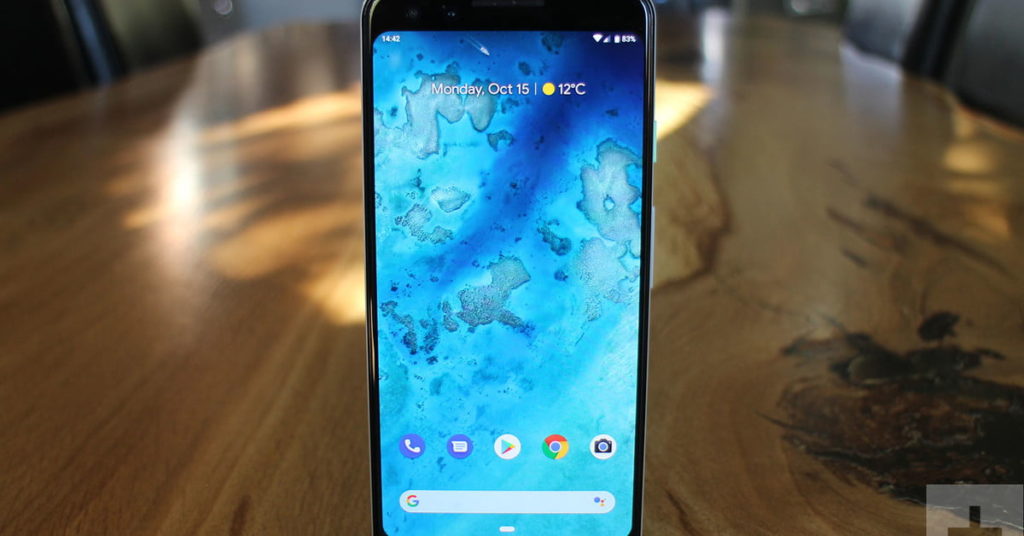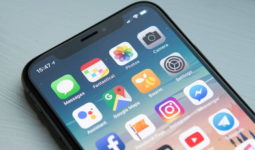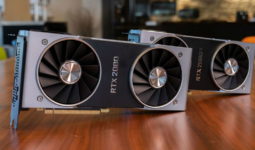Google Pixel 3 vs. Samsung Galaxy S9
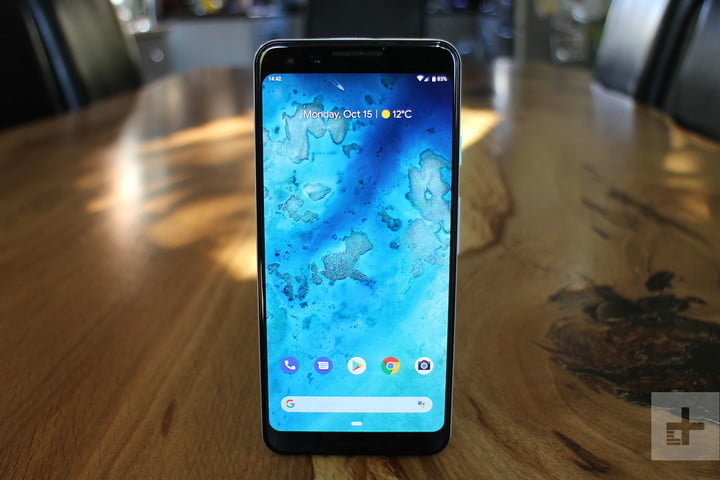
There are plenty of contenders in the Android heavyweight division, but bigger isn’t always better. Unfortunately, if you’re looking for a truly great Android phone and you don’t want something that’s too big to manage one-handed, then your choices are a bit limited.
Arguably the two best pocket-friendly Android phones come from Samsung and Google. But which is better? Find out as we pit Google Pixel 3 versus the Samsung Galaxy S9 in a variety of categories to pick a winner.
Specs
Performance, battery life, and charging
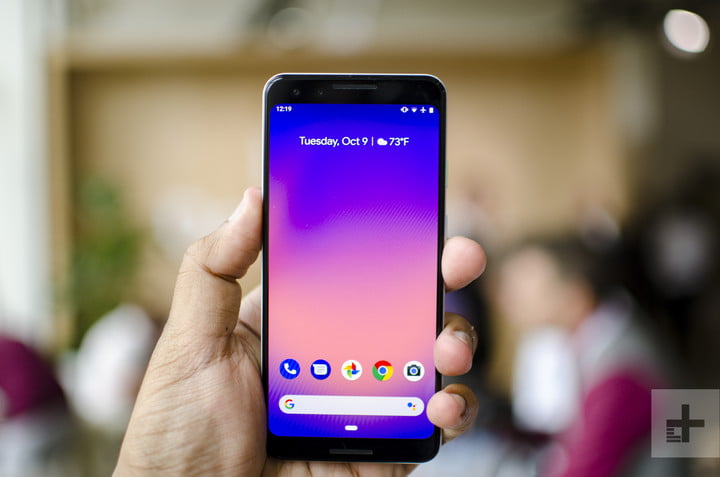
It’s no surprise to find that both these phones feature this year’s most popular flagship processor — the Qualcomm Snapdragon 845. They also both have 4GB of RAM. You can expect smooth performance and no issues running the latest games and apps with either phone, however, the Pixel 3 feels considerably smoother, thanks to Google’s software skills. It also performed slightly better in our benchmark tests. While you can pick up either with 64GB or 128GB of storage, the Galaxy S9 also has a 256GB variant and has a Micro SD card slot for expansion.
Sadly, battery life is an Achilles’ heel for both phones. The S9 has a touch more capacity, but whichever one you choose, busy days will see a charge deplete well before bedtime. Both support fast charging, but the Pixel 3 charges more quickly than the S9. Both also support Qi wireless charging at up to 10W.
Winner: Google Pixel 3
Design and durability
Samsung has refined its curved design to near perfection in the Galaxy S9. The screen curves into the metal frame and so does the glass back, and it feels great in hand. The fingerprint sensor is on the back, just below the central camera lens. The front is almost completely screen, with thin slivers of bezel top and bottom.
The Pixel 3 is a lot less alluring at first glance, but the etched glass back makes it comfortable to hold and also allows it to duck the usual fingerprint smudgefest. There’s a central fingerprint sensor on the back, but the camera lens is at the top left. The screen on the front is slightly smaller than the S9’s and there are bigger bezels top and bottom, though this does allow for front-facing speakers.
Comparing the two, the S9 is a tiny bit bigger in every direction and a touch heavier. We find the Pixel 3 more comfortable to handle. It’s also a little too easy to accidentally cover the bottom-firing speaker on the S9 when you hold it in landscape to watch a movie or play a game. Your pick here will likely come down to personal preference and you should try to get your hands on both before choosing. The S9 certainly has more style, but the Pixel 3 feels just right.
They’re both glass, so you’ll want a case for protection. They also both have IP68 ratings, which means you don’t have to worry about rain or even submersion in shallow water.
Winner: Tie
Display

It’s a testament to Samsung’s design skill that it has managed to pack a 5.8-inch screen into the Galaxy S9. Even the ill-fated Note 7 only had a 5.7-inch screen, though it’s important to remember that screen size is measured diagonally, and one of the ways modern smartphone makers have packed bigger screens in is to stretch the aspect ratio. In other words, they’re taller but not as wide. The S9 has an 18.5:9 aspect ratio, while the Note 7 was 16:9. The Pixel 3 has a 5.5-inch screen with an 18:9 aspect ratio.
Samsung’s AMOLED technology has led the field in smartphone screens for years, but the competition is catching up. Google also has an OLED screen in the Pixel 3, but at a resolution of 2,160 x 1,080 pixels, it isn’t quite as sharp as the S9’s display, which goes up to 2,960 x 1,440 pixels. Even with the extra size, the S9 scores a pixel-per-inch (PPI) rating of 570, compared to 443 for the Pixel 3.
Both these displays are gorgeous and work well for reading, movies, or games, but Samsung’s S9 display has the edge.
Winner: Samsung Galaxy S9
Camera
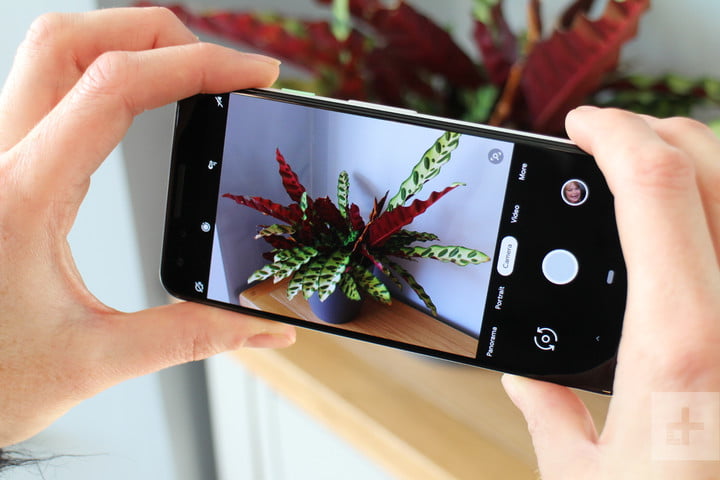
On paper, both have two single-lens main cameras rated around 12 megapixels, and both are good, but the Pixel 3 gets consistently better shots than the Galaxy S9. In fact, the Pixel 3 is our reigning camera phone champion. It’s very fast and easy to use, enabling you to get wonderful photos without any fiddling. Google’s software smarts allow it to stitch together multiple shots to ensure every photo is sharp, with low noise and perfect contrast. There’s an excellent portrait mode that blurs the background and captures lovely photos of people. It also performs brilliantly in low light thanks to Night Sight.
The Galaxy S9 camera is no slouch. It has a variable aperture that enables it to get the most from different lighting conditions, as well as a portrait mode, called Selective Focus, but it struggles to compete with the Pixel 3 on that front. There are also a lot of extras, like Super Slow Motion, which is very cool, and AR Emojis, whichares not. The Pixel 3 wins the front-facing camera battle as well, with dual 8-megapixel lenses, which enable you to take wide selfies, ideal for squeezing in groups or getting some background into your selfies. Throw in the fact that you get free, unlimited, full-resolution photo and video storage with the Pixel 3 and it’s a clear winner here.
Winner: Google Pixel 3
Software and updates
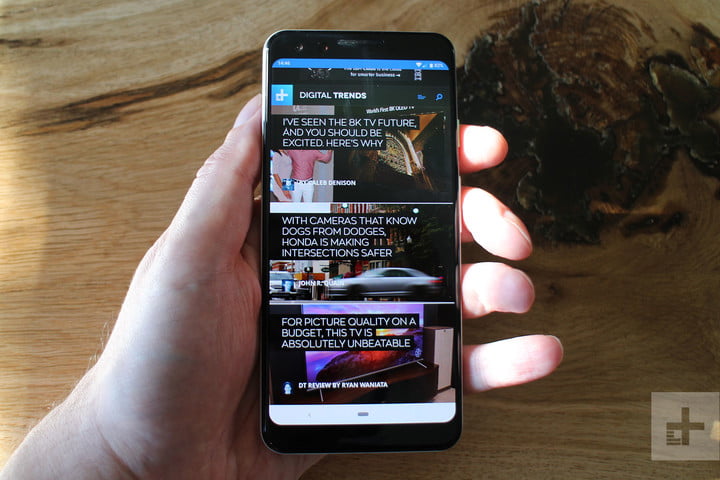
If your idea of a Samsung phone is TouchWiz, then you’ll be glad to know that the manufacturer has overhauled its user interface and slimmed things down significantly. The S9 launched with Android 8.0 Oreo and Samsung’s Experience user interface over the top. Samsung adds some customization options and features that are useful, and some that aren’t. We’re also not sold on the usefulness or usability of Samsung’s apps compared to Google’s apps, and Bixby is light-years behind Google Assistant. Although an exception worth noting here is Samsung Pay, which has much wider compatibility at point-of-sale than Google Pay does.
The Pixel 3 launched with Android 9.0 Pie and some exclusive Google software features like Now Playing, which tells you what song is playing, and Screen Call, which can screen calls for you, giving you a real-time transcript. The Android experience on the Pixel 3 is as Google intended, and it’s by far the slickest we’ve ever experienced on an Android phone. The S9 is set to get Android 9.0 Pie and the new One UI at the time of writing. Going forward the Pixel 3 will get both security and Android feature updates much faster than the S9 will.
Winner: Google Pixel 3
Special features
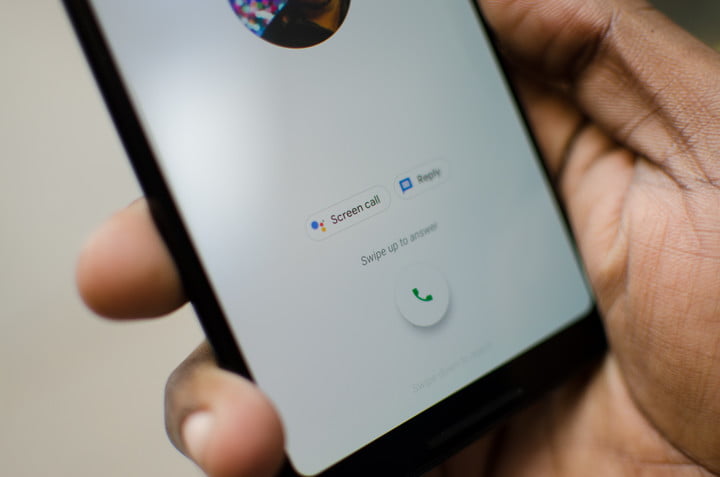
We’ve mentioned Now Playing and Screen Call, and we’ve also discussed the unique features in the Pixel 3’s camera. Night Sight was added as an update after release, but there’s one more A.I. feature we’re still waiting for: Google Duplex, which will enable Google Assistant on your Pixel 3 to make appointments or reservations for you.
Samsung offers a lot more in the way of special features, but it feels like quantity over quality. If you’re interested in having your phone double up as a desktop, then DeX mode might pique your interest. We aren’t impressed by Bixby or AR Emojis, but we do love the Super Slow Motion video option.
Google’s special features are things we use frequently, whereas Samsung’s aren’t.
Winner: Google Pixel 3
Price
The Samsung Galaxy S9 starts at $720 and you can get it and use it with any major carrier. If you shop around, you’ll be able to find one for a fair bit less than that now. The Google Pixel 3 starts at $800, but we have also seen it discounted, so keep an eye out if you want to buy one. You can find the Pixel 3 at Verizon, or buy an unlocked handset that will work with any major carrier.
Overall winner: Google Pixel 3
The Google Pixel 3 is quite simply the best Android phone you can buy right now, so it naturally wins out overall. It offers slick performance, amazing software features, and the best camera you’ll find in a smartphone. If you’re used to Samsung phones, and you find value in the extras that the S9 offers, then it could still be the right choice for you, especially since it’s likely to cost you a fair bit less. But we’d pick the Pixel 3 every time.
